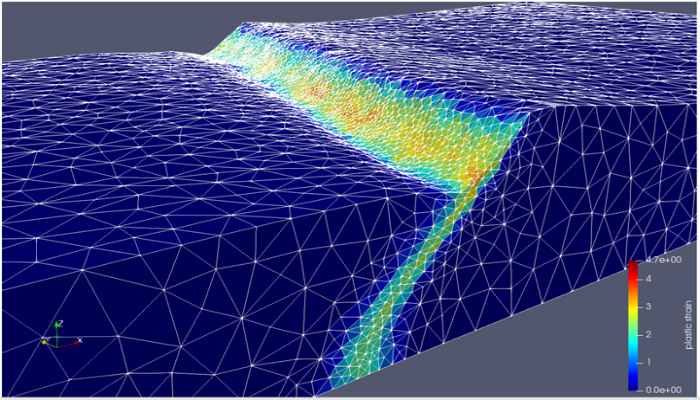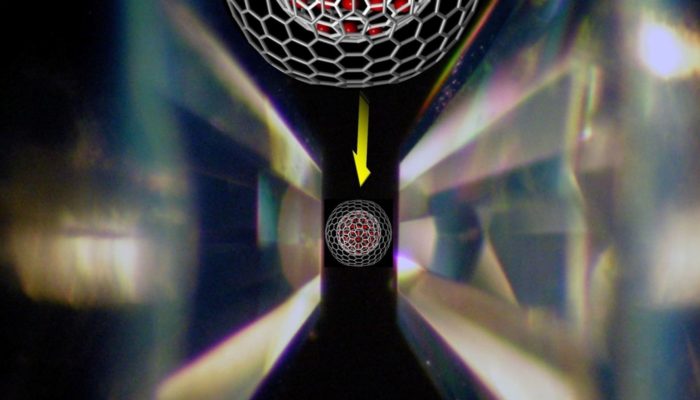This week, Dr. Eunseo Choi, a professor at the Center for Earthquake Research and Information, the University of Memphis, talks about tectonic modelling using DES3D. *Spoiler alert* read till the end for an exciting opportunity to work on it The advent of the open-source movement and the free public software repositories such as GitHub have drastically improved the way research codes are maintaine ...[Read More]
Repurposing a research tectonic modeling code as a community service: The case of DES3D




